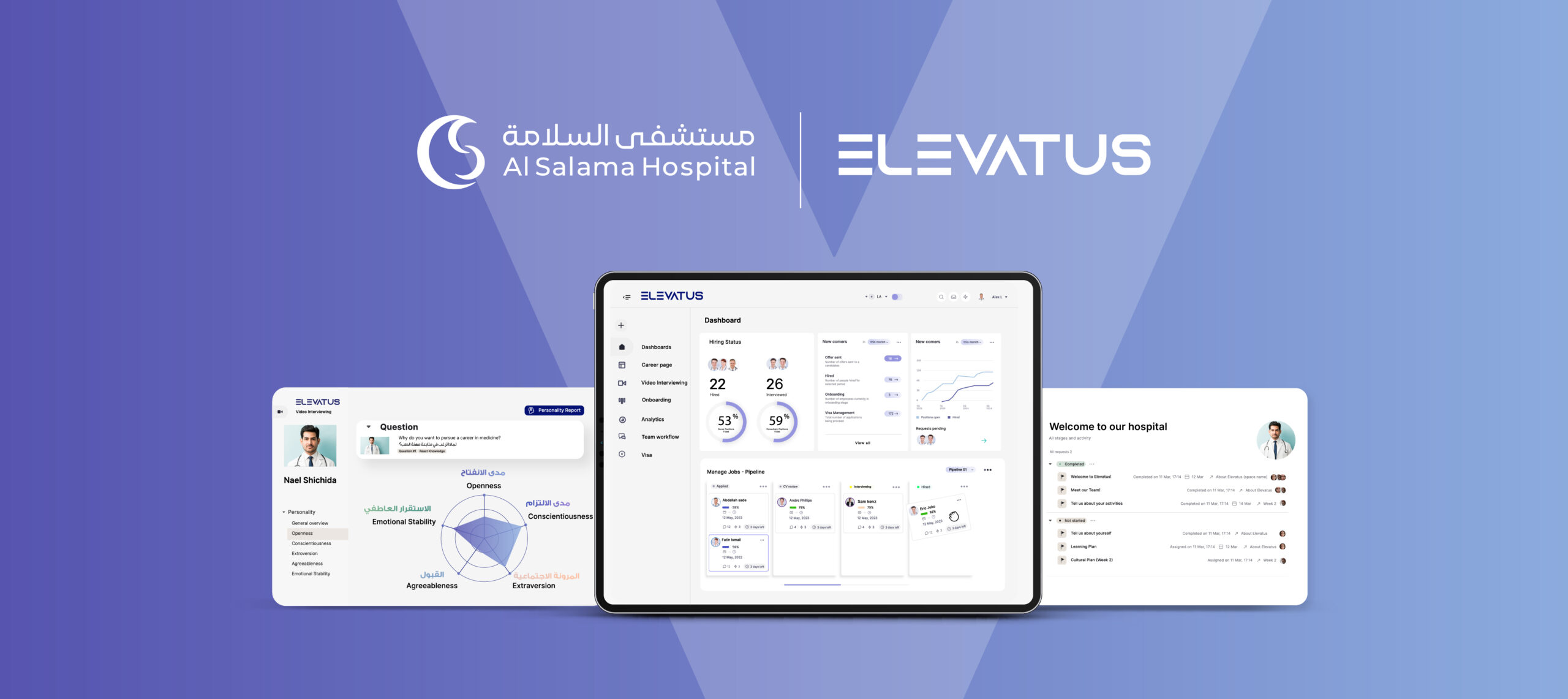
Video Assessment Interview
Avoid These 6 Common Pitfalls When Conducting Video Automated Interviews
October 4, 2023



Kiran Kazim
Content Writer
Here’s a wake-up call for HR managers and recruiters:
Many professionals, despite their expertise, fall victim to common pitfalls when conducting automated video interviews.
The result?
They miss out on top talent, make suboptimal hiring decisions, and ultimately hinder their organization’s growth.
This post is your guide to navigating the realm of automated video interviews with precision, ensuring that you never let these six critical mistakes stand between you and hiring excellence.
Balancing Efficiency & Authenticity in Video Interviews


In the digital age, the rise in the use of automated interview software has transformed the recruitment scenario. Job seekers and employers alike have found a new platform to connect through video interviewing software. This interviewing tool offers a convenient way for hiring managers to screen job candidates without scheduling conflicts or geographical barriers. Interviewing in real-time allows recruiting teams to ask pertinent interview questions, simulating a person-to-person interview experience.
While video interviews enhance efficiency, they also introduce challenges. Some job candidates struggle with maintaining eye contact or navigating the software. Recruiting teams may sometimes miss the nuances that a traditional face-to-face conversation offers.
In addition to that, hiring managers can fall into conducting automated interviews without the human touch, making it difficult to gauge a candidate’s genuine fit. Thus, while automated job interviews offer unparalleled efficiency, it’s crucial to strike a balance to ensure authenticity and effectiveness in the process.
Common Automated Interview Pitfalls and How to Avoid Them


The world of recruitment is increasingly turning to the benefits offered by automated video interview software. However, while these tools can certainly streamline the hiring process, they come with their own set of challenges. Where automated job interviews fall short? We explore these pitfalls and offer guidance on how to sidestep them.
Balancing Automation in Video Interviews
Automated job interviews have emerged as a significant tool in streamlining the hiring process. They provide speed, consistency, and accessibility, particularly in a world that’s increasingly becoming remote. However, leaning too heavily on automation can sideline the irreplaceable nuances that human judgment brings.
Hiring managers might overlook subtle cues in body language or voice intonation that could provide critical insights into a candidate’s suitability. While video interviewing software offers a stellar first-pass filter, complementing it with face-to-face or virtual live interactions is paramount. This duality ensures the fusion of automation’s efficiency with the richness of human interactions.
Averting Technical Hiccups through Rigorous Testing
Technology, while revolutionary, is not without its quirks. An unforeseen technical glitch during a video interview can disrupt the flow, leading to frustration for both the interviewer and the candidate. Thus, the onus is on recruiting teams to ensure the robustness of their video interviewing software. A comprehensive tech-check should be standard protocol.
Verifying stable internet connections, checking device compatibility, and running preliminary tests can forestall potential hiccups. This preventive approach not only guarantees smooth execution but also upholds the organization’s image as tech-savvy and professional.
The Power of Personalization in Automated Interviews
Automation might suggest a one-size-fits-all approach, but recruitment requires bespoke strategies. Using a standardized set of questions for every role and candidate can often result in surface-level insights. While a consistent framework is advantageous for comparison, hiring managers must also intersperse tailored questions that dig deep into a candidate’s unique skills and experiences.
Such personalization enriches the understanding of each job seeker’s automated video response, shedding light on their specific value propositions.
Prioritizing Candidate Experience in Automated Interviews
In the competitive job market, the recruitment process isn’t just an evaluation of the candidate; it’s also a reflection of the company’s ethos. A cumbersome or counterintuitive interviewing tool can alienate potential talent. It’s pivotal for organizations to invest in user-friendly software that ensures a seamless experience.
Providing succinct tips for maintaining eye contact in a virtual format, and ensuring active engagement can significantly elevate the candidate’s experience, making them feel valued and respected.
Misinterpreting AI Analysis
The inclusion of AI in automated interviews is undoubtedly futuristic. AI can scrutinize aspects ranging from speech patterns to facial cues, offering a data-driven perspective. But it’s essential to remember that AI interpretations, though precise, lack human emotional intelligence. They might not capture the cultural contexts, underlying emotions, or the intricate nuances that a human interviewer could discern.
Hence, while AI-generated insights can be invaluable, hiring managers should use them as a supplementary tool, ensuring their own assessments remain central.
Inadequate Preparation for Asynchronous Responses
One of the standout features of some automated video interviews is their allowance for asynchronous responses. Candidates can answer questions at their convenience, which, while promoting flexibility, also presents challenges. Responses might trickle in sporadically, making it essential for recruiting teams to have a systematic plan. Organizing responses, perhaps with timestamps, and dedicated time slots for review can ensure that no feedback is left unattended or undervalued.
In short, while automated interviews are a boon for modern recruitment, they come with their unique set of challenges.
By being aware of these pitfalls and actively working to counteract them, recruiters and HR professionals can ensure a balanced and effective recruitment process that benefits both companies and candidates alike.
Automated Interviews: Closing Remarks
In the world of automated video interviews, success hinges on a careful balance of technology and humanity. By avoiding these six common pitfalls, you can tackle the power of this digital tool to make better hiring decisions, connect with exceptional candidates, and drive your organization’s growth. Stay agile, prioritize the candidate experience, and continuously refine your approach to ensure that automated video interviews become a cornerstone of your recruitment strategy, not a stumbling block.
Still looking for the right tool for automating your interview process?
EVA-SESS is a next-generation automated video interviewing software that helps companies of all sized identify, hire, and develop top talent quickly. EVA-SSESS offers richer insights into the assessment process through AI technology, reliable video-based assessments, and scientifically validated psychometric reports. Click here to schedule your demo now!
Turn top talent to employees fast
Hire, assess, onboard and manage top talent for every job. See how Elevatus streamlines everything; from acquire to new hire.
Request a demoAuthor



Kiran Kazim
Don't miss a thing!
Stay one step ahead. Subscribe and get the latest updates, news, and insights from Elevatus straight to your inbox.


![10 Best Video Interview Software for Faster Hiring [Free + Paid] | Elevatus An image of a woman giving an interview using best video interview software](https://www.elevatus.io/wp-content/uploads/2023/08/1-24.png)



